Writing about art TV involves a succession of compromises. In order to justify their place in a busy TV schedule and draw a wide audience, documentaries increasingly hinge around the sensational crowd-pleasers of biography. As an art lover you’re desperate for something which sees past the bold clichés; as a journalist you collude, supplying the bold headline yourself.
And there are few examples of sensational biography that both eclipse and rightfully promote an artist in the way Vincent van Gogh’s story does. ‘What is unusual about him [for an artist] is the extent to which his personal story is tied up in our appreciation of his paintings,’ says Jeremy Paxman in BBC Two’s The Mystery of Van Gogh’s Ear.
Too right. And it didn’t even require the artist’s whole ear to make his story what it is, we are told. Painter Paul Signac, Van Gogh’s contemporary, claimed the artist only cut off the lobe, and most experts have trusted him as a source over the local papers of Arles, Provence, which originally reported the story. Is it a ‘minor event that has been sexed up over time?’ asks Paxman, putting much of this down to the ‘tabloid sensationalism’ of the day. ‘Vincent’s life is as famous as his work,’ he says. ‘For once, the word icon is the right one’
The icon status has lead to a rise in so-called ‘amateur historians’ feeling a personal connection with the artist and testing their own hunches, Van Gogh Museum senior researcher Louis van Tilborgh tells us. One of these is Bernadette Murphy, who found herself ‘underwhelmed’ by the idea that such a small piece of ear could be all there was to it, and has spent seven years chasing the missing lobe through medical records and civil ledgers.
The story so far: Van Gogh, Paxman declaims sceptically as he walks through sunflowers, was solitary, intense, had a low attention span, severe manic depression, kept low company and was almost impossible to be around. One is shocked, then, that the idea of being an artist occurred to him so late in life. It took Theo van Gogh to suggest to his older brother that he might give painting a go. Even being mired in art as a dealer (a career he failed in, like many others) hadn’t given him the art bug. Thank you Theo, for this, and for supporting him through the rest. So begins the roll call of bloody disappointments, misunderstood masterpieces and fruitless sexual obsessions.
Yet 1888 in Arles was actually one of the better years for Vincent, we discover. He was away from big cities, going to bullfights, doing the tourist thing. He was also producing his best work and his brother was supporting him, along with a commune of artist friends including Paul Gauguin, in what came to be known as the Yellow House.
There follows a CSI Art attempt to track the night Van Gogh cut his ear off in real time. Interactive text boxes pop up, marking the distance from the Yellow House to the rue du Bout D’Arles, where he was last seen before the ear-cutting. Cue ominous, urgent music, which lapses as we find Paxman and Murphy safely back in the library, where they track the recipient of the ear: in some accounts she is called ‘Rachel’, in others, ‘Gaby’. It falls to Murphy to meet the descendants of the woman, now known to be Gabrielle Berlatier, and tactfully ask them whether their great grandma was a prostitute. Naturally the meeting wasn’t filmed, and they asked not to be shown. What were you expecting? Paxman meeting a family of bearded redheads with straw hats? It would make a great episode of Who Do You Think You Are?
But the main revelation comes via Irving Stone, who wrote the novel that was later adapted into the Van Gogh film Lust for Life (1956). Murphy follows a lead to a before-and-after drawing of the ear injury by Dr Felix Rey (immortalised in the Portrait of Dr Rey, 1889), tucked away in Stone’s Berkeley archive. It turns out Van Gogh went the whole hog, and lopped off the entire ear.
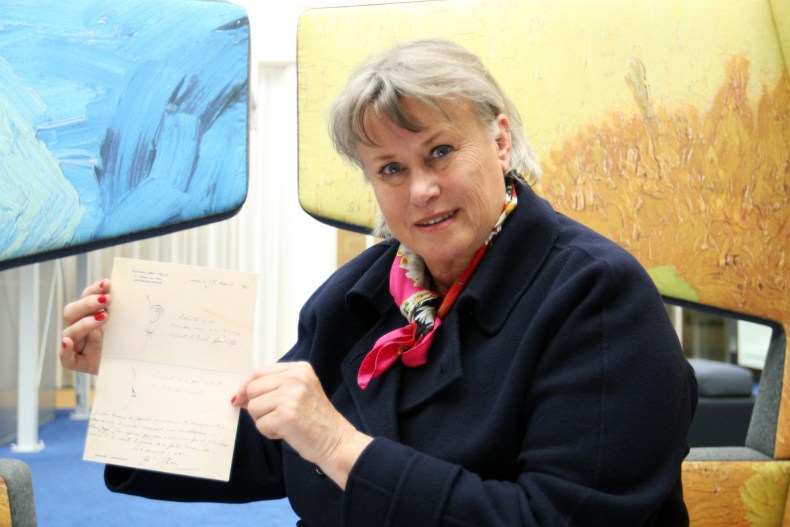
Bernadette Murphy with Dr Rey’s prescription drawing. BBC/Lion Television/The Bancroft Library, UC Berkeley
It’s rare pretty rare that an amateur settles such an art mystery. Sensational, even – worthy of the artist’s myth. It is perhaps just as noteworthy how this documentary, which engages with how ‘tabloid sensationalism’ distorts art history, runs on bold claims. The ear incident is described as the most famous event in modern art. Perhaps it is. The Yellow House is described as ‘the most famous artist’s studio of all time’. Really? What about Andy Warhol’s Factory? What about Rembrandt’s house, or Monet’s garden at Giverny? Both of the above exist today as museums and shrines. The Yellow House was knocked down years ago. Paxman even comes out with things like: ‘So what turned this optimistic dreamer into a mental patient, capable of self-harm?’ Sometimes it seems as if the script was written for another TV presenter called Jeremy…
Saying that, the show’s discoveries give us a sensation which disproves general expert consensus. Staff at the Van Gogh Museum accepted Murphy’s findings and have included the ear document in their new exhibition, ‘On the Verge of Insanity’. Paxman called it ‘unprecedented for an amateur researcher.’ This, it seems, can be accepted without hyperbole.
Unlimited access from just $16 every 3 months
Subscribe to get unlimited and exclusive access to the top art stories, interviews and exhibition reviews.

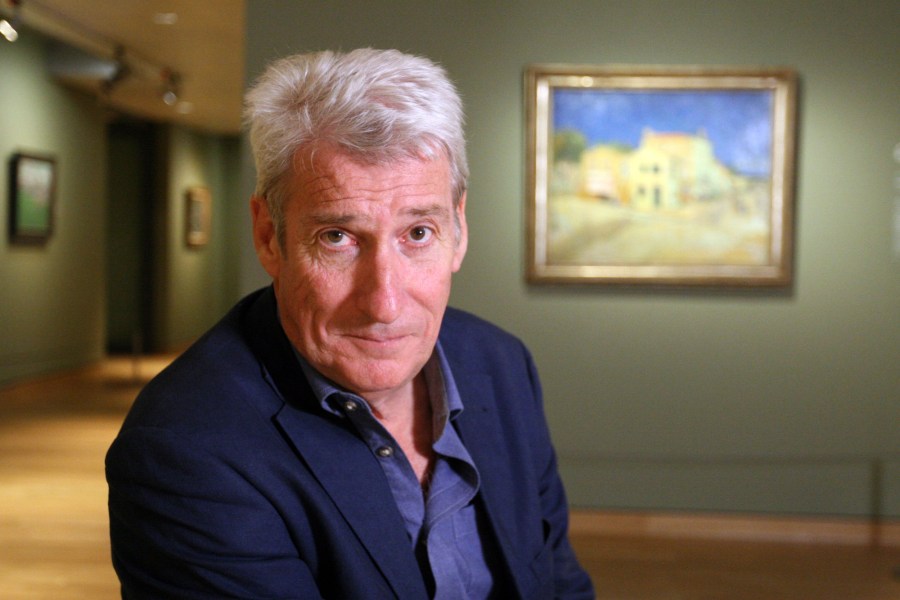
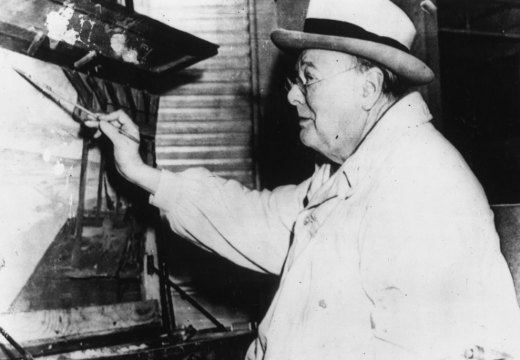
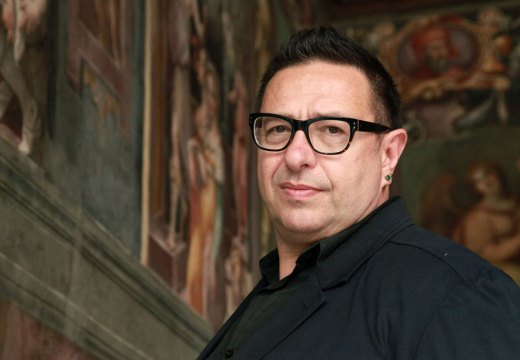
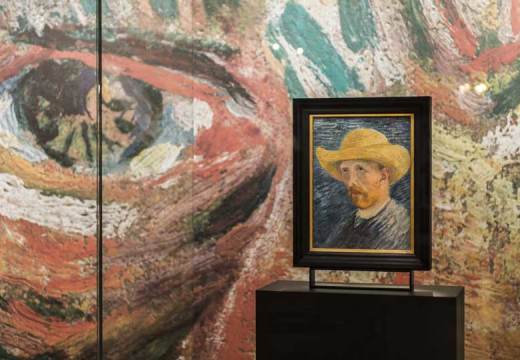









![Masterpiece [Re]discovery 2022. Photo: Ben Fisher Photography, courtesy of Masterpiece London](http://www.apollo-magazine.com/wp-content/uploads/2022/07/MPL2022_4263.jpg)
Why are fathers so absent from art history?